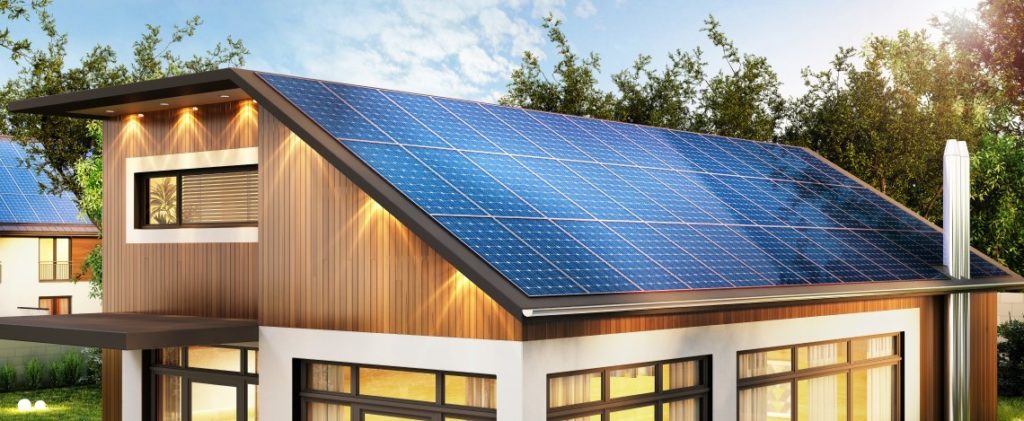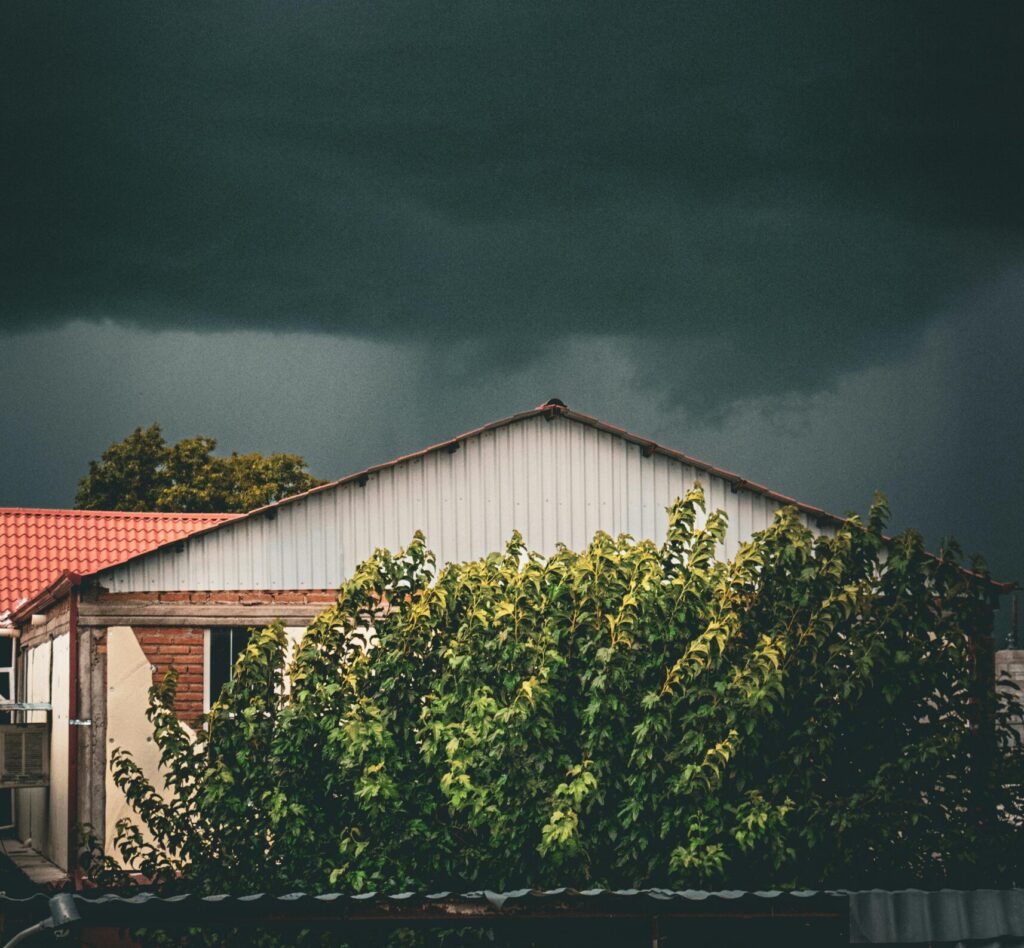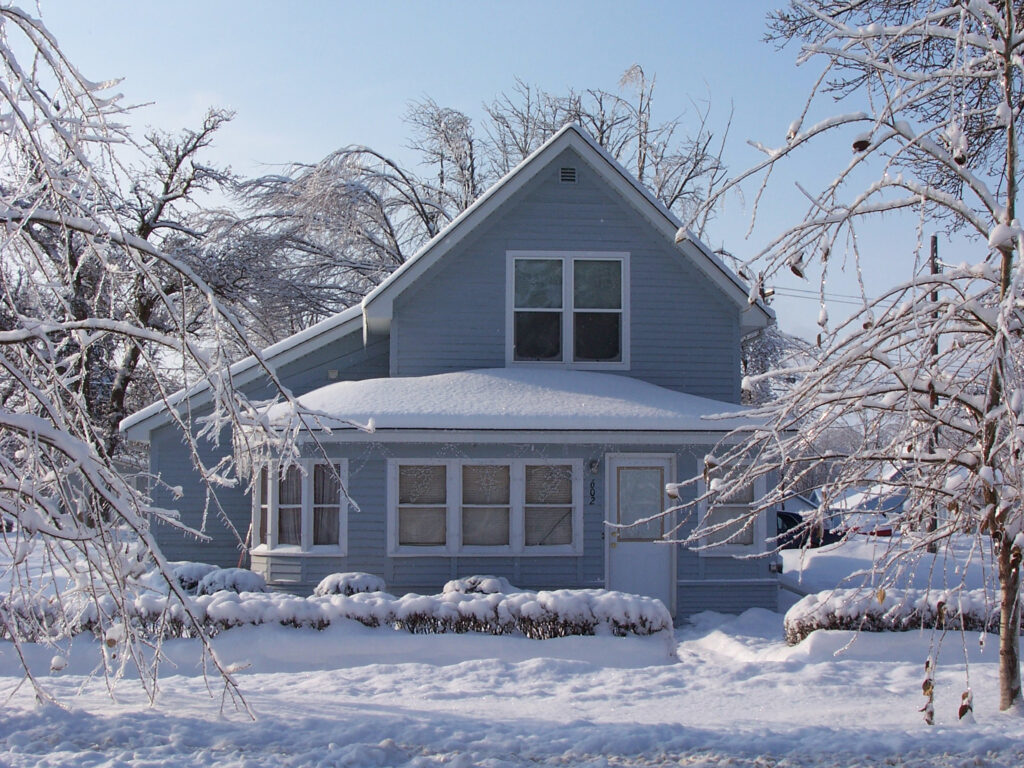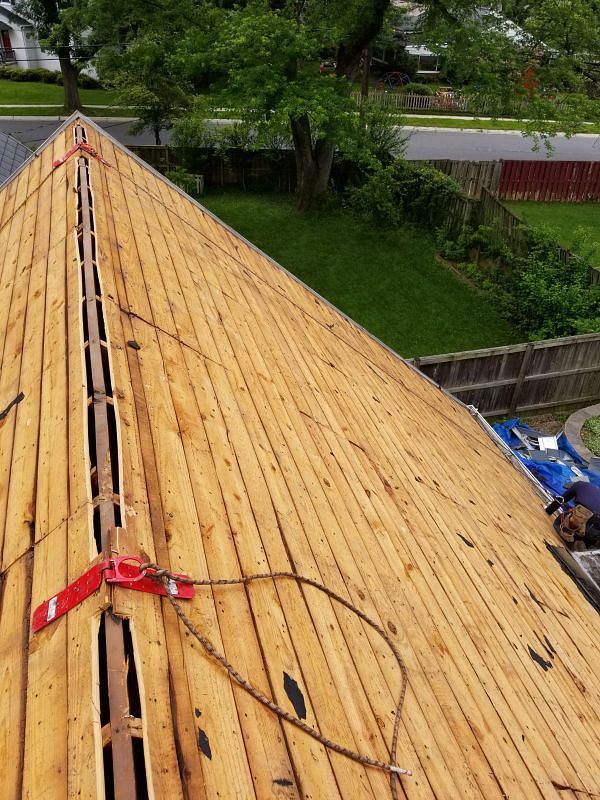Guide to the Cost of Residential Solar Panels in Washington, D.C.

Residential solar energy continues to expand in popularity and output in the United States. According to Greentech Media, residential solar installations grew by 19 percent in 2016, while new residential output totaled 2,583 megawatts, enough to fully power more than 400,000 homes. Homeowners, either driven by environmental awareness or lower energy bills, or both, are choosing residential solar panels. Clearly, this green approach is no longer a fad.
Cost is a barrier for many homeowners, regarding the installation of residential solar panels upon their roofs. However, the nationwide cost of solar has dropped 60 percent in the past decade. Solar has become more affordable, and DMV (i.e. Washington area) homeowners are taking advantage of this trend. This is a brief guide to residential solar panel costs in D.C. and Maryland.
The Future Is Now: Integrated Residential Solar Panels
For years, if a homeowner wanted to install solar panels, the only option was a bracket-mounted system—essentially, an installation of protruding hardware from the roof with a placement of panels atop that hardware. The setup is an add-on at best. Though it may be functional in producing energy for your home, it is aesthetically unappealing and usually is not installed with careful regard to the integrity of the existing roof. Although the bracket-mounted system is still popular, another option has emerged: integrated residential solar panels. With this system, panels are part of an installed roof instead of an accessory. The system is economical; you are installing a high-quality roof as well as solar panels, and will enjoy all the solar benefits while maintaining the character of your home.
Add a Roof, Add Solar
Integrated systems provide a dual functionality: roof and solar panels. If you know your roof must be replaced sooner rather than later, this integration kills two birds with one stone. The alternative is to pay thousands of dollars for a new roof, and then thousands more for residential solar panels. By installing an integrated system, you achieve both goals at a (significantly lower) combined cost. Plus, you will encounter less maintenance than with a bracket-mounted system (particularly if it affects the roof in some way, such as causing a leak). If there is ever a problem with shingles or solar panels, the same contractor can inspect the system and make repairs.
Government Rebates
The solar investment tax credit (ITC) allows homeowners to deduct 30 percent of the cost of installation from their federal income taxes. Moreover, Maryland’s Residential Clean Energy Grant Program offers a $1,000 award for qualifying solar projects, and the District of Columbia sponsors its Solar Advantage Plus Program that offers rebates of up to $10,000 for low-income residents to install solar. The rebates add up, meaning you will pay or finance less money to add solar to your home.
Energy Savings
The amount that homeowners can reduce their energy bills depends on a variety of factors, including current electrical usage, roof size, and sun exposure. According to data from the U.S. Energy Information Administration, the average District of Columbia household uses 841 kilowatt hours per month at an average cost of 12.99 cents per hour, for a bill of $109.21 per month. Most reasonable estimates say residential solar users can cut their electricity bills in half, so over 10 years, the typical D.C. resident would save $6,552.60. Again, this a conservative estimate; a savings of 75 percent is possible for diligent homeowners, particularly those who opt to install a lithium ion battery that can store energy overnight. The 10-year savings would be more in Maryland, where roofs are generally larger than in D.C. and where electricity is more expensive.
One-Stop Installation Shop
For a bracket-mounted system, you are hiring a contractor (that often isn’t part of a roofing company) to install hundreds of pounds of equipment atop your home. Besides the increased odds of damage to your roof in the process, these solar installers might not know any adequate ways to make the panels and the roof co-exist. The end result could be wires and connections that are functional but not entirely practical. An integrated system is a one-stop installation shop: The same contractor installs the roof and its accompanying materials (e.g., flashing, underlayment), solar panels, and all the connections. The system is designed for your home, rather than installed around it.
A Long-Term Investment
By itself, a roof is an investment you expect to last for decades. Integrated residential solar panels draw a significant amount of additional value into that investment. For starters, the aforementioned energy savings will reduce electricity bills. Second, the thick glass panels that comprise the solar functionality of your roof are incredibly durable—often more so than the shingles covering the rest of the roof (and those shingles, installed by a quality manufacturer, are already pretty sturdy … ).
Third, the best systems are backed by impressive warranties that can be supplemented with even more protection. Alternately, the warranties on bracket-mounted systems cover, at best, the panels themselves and ignore the rest of the roof and any damage that occurs during installation (and could possibly void the original shingle warranty). Install an integrated solar panel system, and you can be confident it will provide long-term value, even if an accessory will need to be repaired.
Have you considered installing residential solar panels on your roof?

Contact Us for a Free Estimate
What to Expect When
You Choose Our Team
We’re Committed to You
Every Step of the Way
- Meet to discuss your project and free estimate.
- Select materials and colors for the look you want.
- Arrange payment through financing or your insurance.
- Install new roofing, siding, or gutters for amazing results.
- Ensure you’re 100% satisfied with our services.






